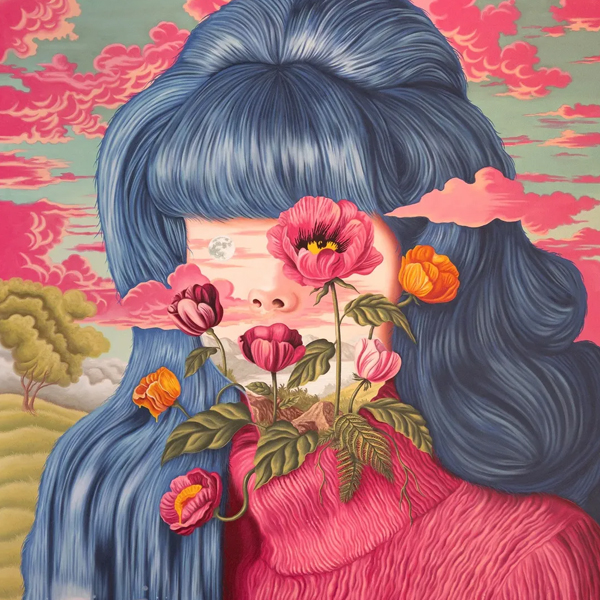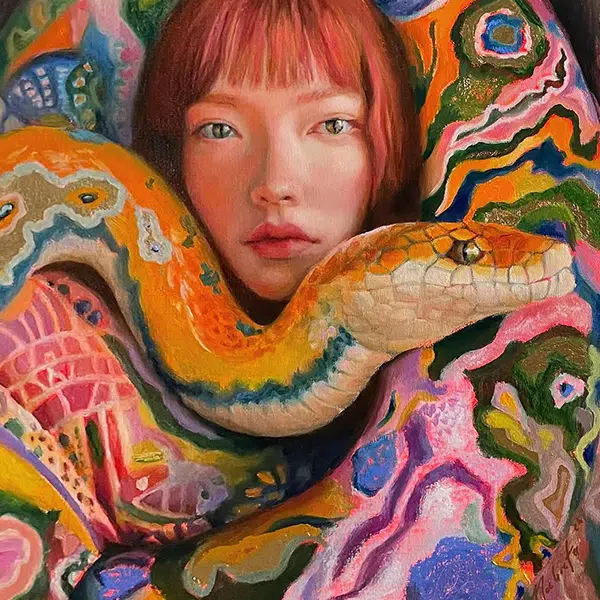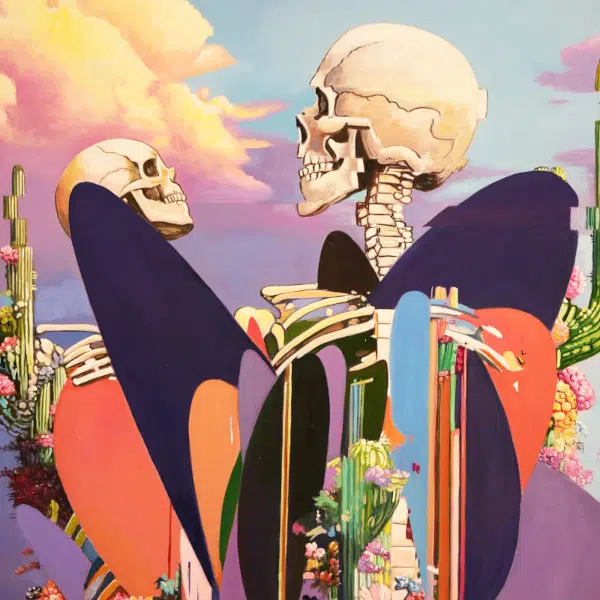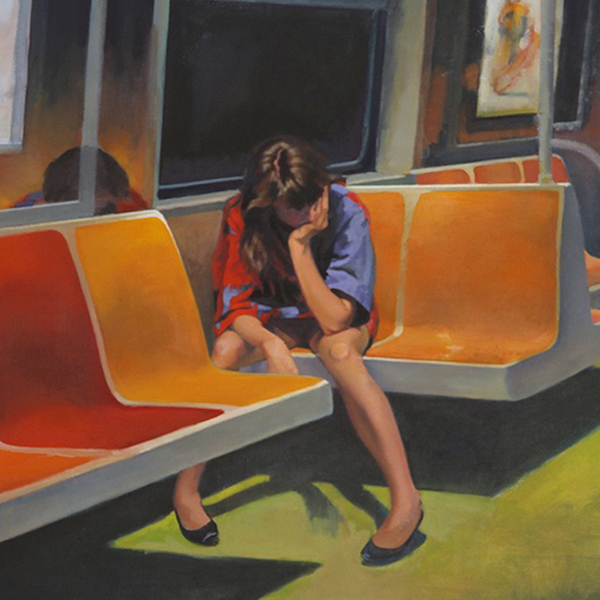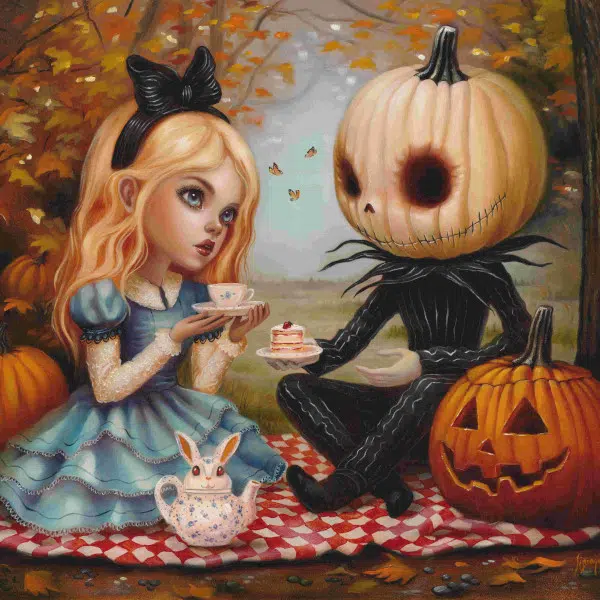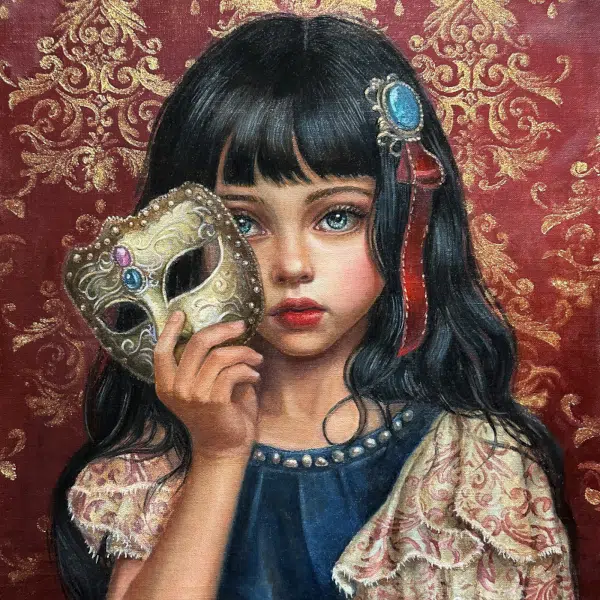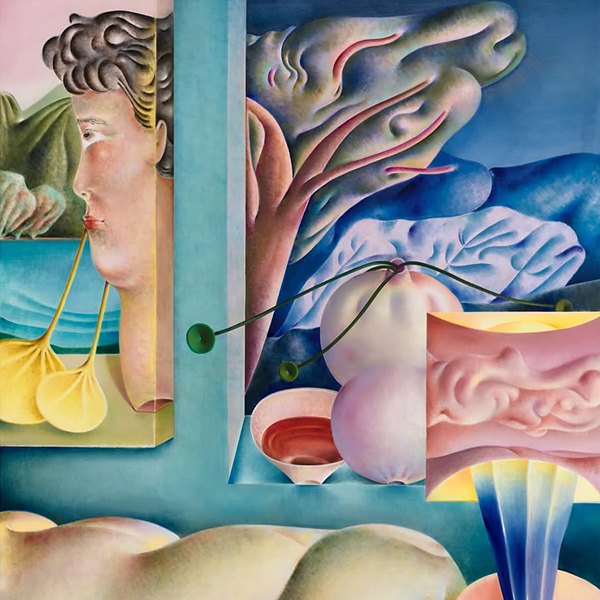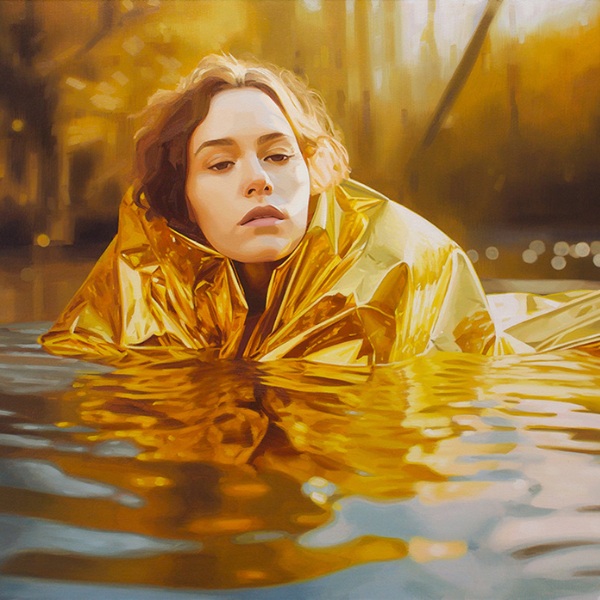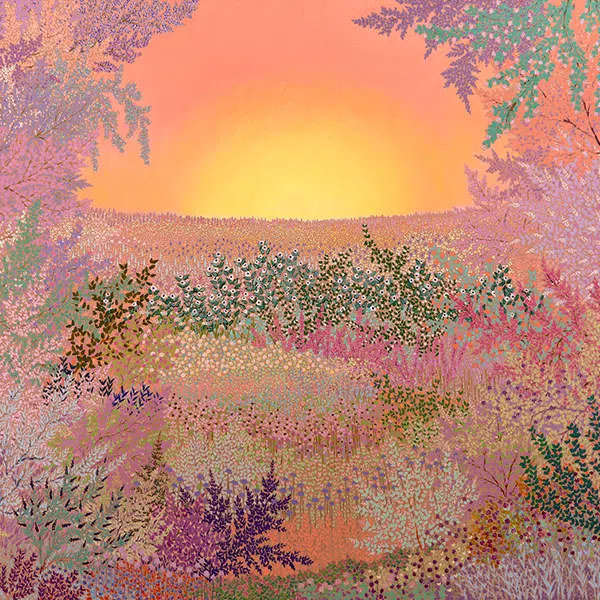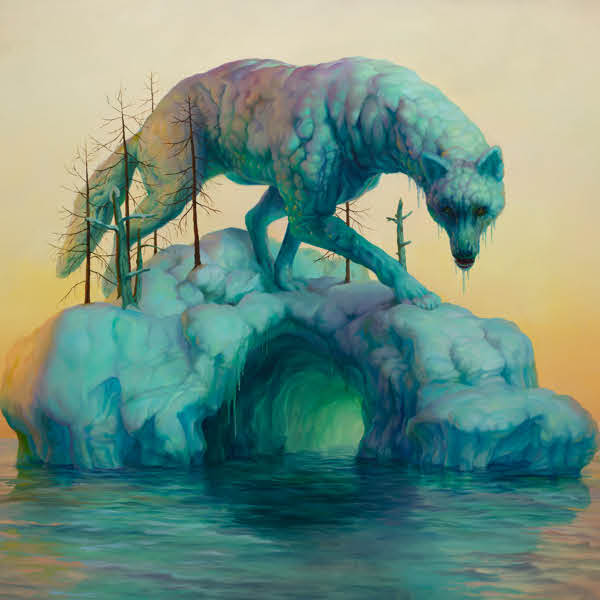View this post on Instagram
American painter Wayne Thiebaud turned 100 years old in November 2020, but he continues to make art every day. Known as one of the hardest working artists in the U.S., Thiebaud can paint almost anywhere. He says, “I’ve worked in basements, garages, even kitchens.” Through painting in everyday environments, Thiebaud’s daily practice focuses on capturing ordinary objects, people, and landscapes. The pop artist’s illustrative, colorful paintings represent his own vision of American culture and evoke stories of consumerism and childhood nostalgia.
“Painting itself is kind of a miracle,” Thiebaud says. “Because what you're doing is reducing a three-dimensional world of living, active organized chaos into this little, flat, unmoving, quiet, flat thing, which has to, in some ways, be able to speak to you.”
Thiebaud has enjoyed a long and prolific career. He drew comic strips and was once an animator for Walt Disney Studios. He also worked as a sign painter, cartoonist, commercial artist, illustrator, and designer. He even served in the Air Force and painted murals for the Army, and later became a professor at the University of California, Davis. Today, he lives and works in California.
Here are five iconic paintings that capture Wayne Thiebaud’s colorful career.
Cakes, 1963
View this post on Instagram
Thiebaud is perhaps best known for his works featuring sweet treats. As a young man, he worked in a diner selling ice cream and hot dogs—items that gave him inspiration for future paintings. Cakes and pastries also appear throughout his work, often tantalizingly displayed at the bakery. In Cakes, painted in 1963, Thiebaud illustrates an orderly display of 13 deserts in his distinct energetic hues, bold outlines, and shadows. The paint is applied generously, mimicking the real texture of the frosting. Curator Megan Fizell wrote, “The frosting upon Wayne Thiebaud's 1963 painting, Cakes, is so thickly applied that I am often tempted to reach out, run my finger along one of the perfect cake-tops to taste the sugary dessert.”
Three Machines, 1963
View this post on Instagram
A nostalgic depiction of American consumerism, Three Machines colorfully captures three gumball machines with candies inside. The piece provides a glimpse into the artist’s own childhood memories and reflects his deep appreciation for mundane yet sentimental objects. Thiebaud uses heavy pigments and bright colors to evoke feelings of childhood happiness. The oil on canvas painting is rendered in a style that may have stemmed from his early experience as a freelance cartoonist in the late 1930s.
Green Dress, 1966
View this post on Instagram
For Green Dress, Thiebaud painted his own daughter, Twinka, sitting on a stool, holding a piece of paper. Just like his cake paintings, the subject is shown against a muted background and is emphasized with a shadow. The subject stares towards the viewer, but she has a blank expression. This evokes a sense of detachment, which is surprising given the personal relationship Thiebaud has with the subject. The artist's second wife, Betty Jean, described Thiebaud's approach to portraiture, saying, “The muteness of figures reduces them to objectness. They occupy the space like a toy or tree, in a frozen moment of time.”
Thiebaud began this painting in 1966 but didn’t finish it until 2017, 51 years later. He often claims, “It's difficult to see the work with any clarity until years later.”
Sunset Streets, 1985
View this post on Instagram
Thiebaud began painting landscapes in the 1970s and continued to produce them for the next 20 years. Summer Streets depicts the roads of San Francisco during a summer evening. Rendered with vivid, contrasting hues and dramatic shadows, it showcases Thiebaud’s talent for capturing the mood with color. The sides of buildings are rendered in flat areas of pigment, but if you look closely, you’ll see they are subtly outlined in blue, orange, yellow, and green pigment. This is characteristic of Thiebaud’s paintings. The lines mediate between the objects and their surroundings, creating a playful dance of color.
Mickey Mouse, 1988
View this post on Instagram
Thiebaud’s famous depiction of the iconic cartoon character, Mickey Mouse, is a nod to Disney’s golden age. Thiebaud took a summer apprenticeship in the animation department of Walt Disney Studios where he drew thousands of individual frames of characters such as Goofy, Pinocchio, and Jiminy Cricket. Using his signature oil paints, the artist renders Mickey in vibrant hues that evoke the subject’s playful energy. And just like many of his other works, Thiebaud highlights the personal importance of the subject with the clever use of an exaggerated shadow.
Related Articles:
6 Norman Rockwell Paintings Depicting the “All American” Culture of the 20th Century
15 of the Greatest Painters of All Time Whose Influences Live On Today
7 Colorful Masterpieces That Define the Pop Art Movement
10 Art Books That Will Nourish Your Creative Soul This Month











































































